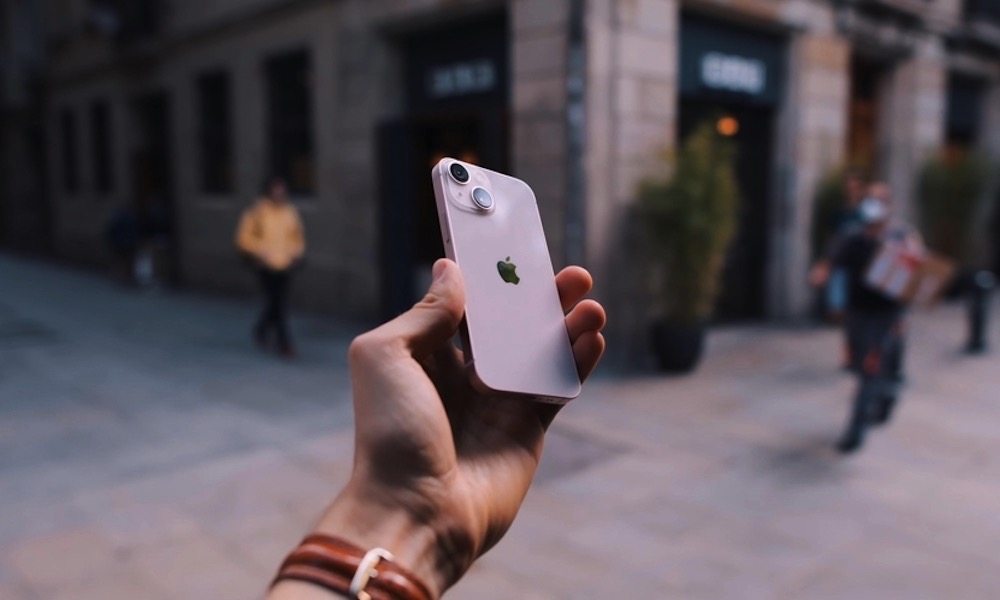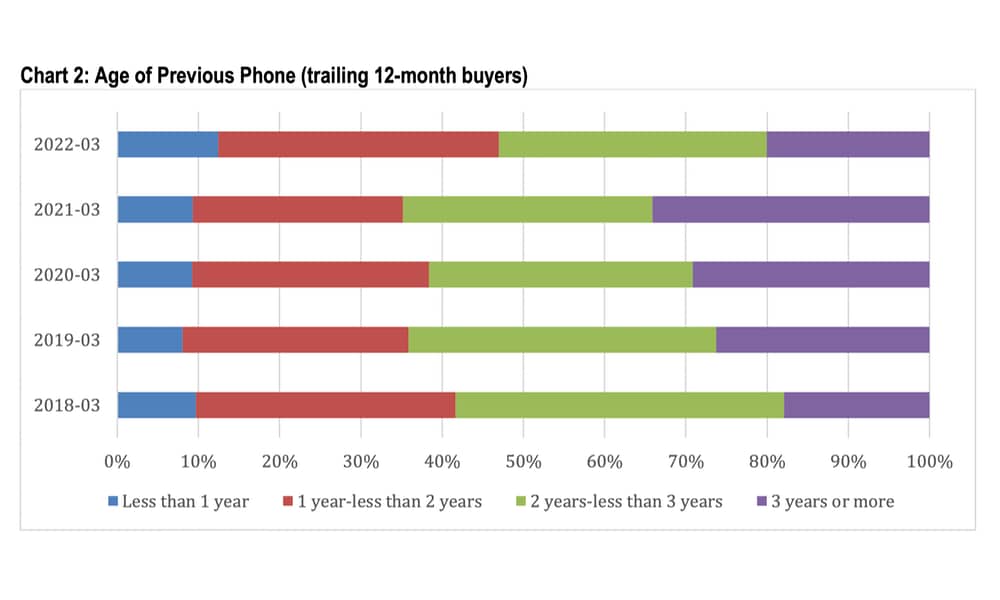Apple’s Aging iPhone 11 Is Shockingly Selling Better Than Its iPhone 13 mini
 Credit: Gabo_Arts / Shutterstock
Credit: Gabo_Arts / Shutterstock
Toggle Dark Mode
It’s becoming abundantly clear why Apple is canceling the 5.4-inch iPhone mini this year, as the diminutive iPhone model continues to generate abysmal sales figures.
Despite the popularity of the original 2016 iPhone SE, which many attributed to its smaller size, Apple didn’t offer a modern replacement for that model until 2020. However, when the second-generation iPhone SE showed up, many folks were disappointed to find that Apple had adopted the larger design of the iPhone 8 rather than its predecessor’s much more compact iPhone 5s design.
Apple’s answer to this was the iPhone 12 mini, a model with a 5.4-inch edge-to-edge screen and physical dimensions only slightly larger than the 2016 iPhone SE.
If there was truly still pent-up demand for a smaller powerful iPhone, the iPhone 12 mini should have sold like hotcakes. Sadly, that’s not what happened.
Instead, the iPhone 12 mini turned out to be the least popular launch-week iPhone in three years. This was a stark contrast to the rest of the models in the iPhone 12 lineup, which broke all records and expectations in the opposite direction, and quickly became the best-selling 5G smartphones in the world.
In other words, while the iPhone 12, iPhone 12 Pro, and even iPhone 12 Pro Max skyrocketed to massive success, the iPhone 12 mini tanked. During the 2020 holiday season, nine of ten smartphones activated on Christmas Day were iPhones, but the iPhone 12 mini continually failed even to break the top ten.
There were likely a few reasons for this beyond just a lack of consumer appeal, but by March, Apple had massively slashed production of the iPhone 12 mini. By April, it was evident Apple would be canceling the iPhone mini for its 2022 lineup. Although an iPhone 13 mini appeared last year, that was probably only because it was too late for Apple to scrap those plans.
A few fans of the smaller iPhone design hoped that maybe the new iPhone 13 mini would turn things around, leading Apple to change its mind. However, the sales figures over the past few months have proven otherwise. In fact, the iPhone 13 mini appears to be doing even worse than its predecessor.
Is the iPhone 13 mini the Least Popular iPhone in History?
Neither of Apple’s 5.4-inch iPhone models ever made a top-ten list of best-selling iPhones. For Christmas 2020, the iPhone 12 mini was beaten out by nearly every other iPhone model sold since 2018 — including the iPhone 8 and iPhone 8 Plus.
Over a year later, things haven’t changed much for the iPhone 13 mini. It’s still being outsold by the 2020 iPhone 11, which remains available in Apple’s current product lineup.
According to a new report from Consumer Intelligence Research Partners (CIRP), the iPhone 13 mini accounted for only three percent of all iPhone sales in the past quarter. The iPhone 12 mini made up another three percent.
The report notes that those are “comparable to the shares for mini models in the December 2021 and March 2021 quarters,” so this isn’t an aberration.
Meanwhile, the iPhone 11, iPhone XR, and iPhone SE made up 15 percent of all iPhone sales. While CIRP didn’t break those down into specific percentages, you can see from the chart above that the iPhone 11 dominated both the iPhone 13 mini and iPhone 12 mini put together.
Naturally, the best-selling iPhone model this past quarter was the iPhone 13 — the largest of any single model at 38 percent. This was also the “largest share for any single model in many quarters.” The four iPhone 13 models accounted for 71 percent of total U.S. sales.
Among all individual models, the iPhone 13 had the largest share of any single model, with 38%, which was the largest share for any single model in many quarters. In the year-ago March 2021 quarter, the year-old iPhone 11 had the largest share, at 24%, while the iPhone 12, comparable to the current iPhone 13, had 22% of sales. The iPhone 13 share of 38% in this quarter nearly doubles last year’s iPhone 12 share.CIRP report
This is an interesting change from last year’s March quarter, when the older iPhone 11 edged out the iPhone 12, coming in at 24 percent, while the newer model only accounted for 22 percent of sales.
The CIRP report attributes the more robust sales of the iPhone 13 to “the recent trend of buyers replacing newer phones.” According to the research data, 47 percent of the folks who bought a new iPhone in the first quarter of 2022 had their previous phone for less than two years. Last year, that number was only 35 percent.









